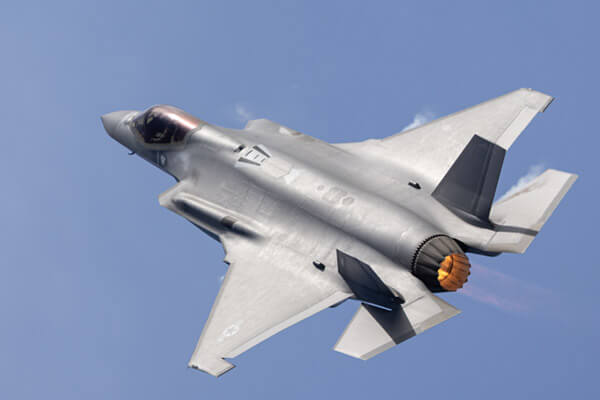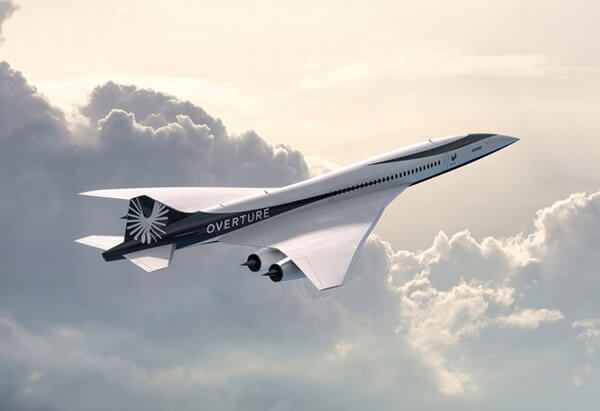While news concerning air travel tends to be frustrating, it’s nice to know that there are some positive developments on the horizon. One company will soon be unveiling a new supersonic jet to vastly speed up commercial air travel.
Here we take a look at the past and future of supersonic flight.
What Is Supersonic Flight?
There are actually four speeds of flight: subsonic, transonic, supersonic, and hypersonic. When a plane flies at supersonic speeds, it travels faster than the speed of sound, which is about 768 miles per hour. A plane reaching this speed flies faster than Mach 1. If it reaches up to five times faster than the speed of sound, this is Mach 5. Anything faster than that would be considered hypersonic.
The History of Supersonic Flight
Supersonic flight is actually a relatively recent innovation. In 1946, the Bell X-1 jet made its first flight, but it wasn’t until the next year that it truly became famous. On October 14, Chuck Yeager flew the X-1 to Mach 1.06. This was the very first manned supersonic flight.
In 1948, the Douglass D-558-2 Skyrocket was flown for the first time, but it wasn’t until 1953 that it truly did something special. On November 20, it became the first plane to exceed Mach 2. In 1956, the Bell X-2 one-upped that by flying at Mach 2.87, with an altitude of 60,000 ft.

The Concorde Arrives on the Scene
In late 1962, Great Britain and France signed a concord agreement to build a supersonic jet, which is where the name Concorde came from. (And while both the U.S. and Soviet Union were working on their own supersonic planes, neither panned out.) In 1967, the Concorde was unveiled, and it made its first supersonic flight on October 1, 1969.
While incredibly fast, one of the big downsides of the Concorde was its loud afterburners and the sonic boom it created, which was a big nuisance to people on the ground.
It was because of this that the jet was limited to routes over water. And, due to the oil crisis of the mid-70s, most customers dropped their orders. Only 20 Concordes were produced, and of those, only 14 ever actually flew passengers. The last commercial Concorde flight took place on May 31, 2003.
Boom Takes up the Supersonic Slack

source: boomsupersonic
Over the last 20 years or so, there haven’t been many developments with supersonic flight, but a company named Boom aims to change that. This Denver-based company recently announced – due to a newly refined design – that its Mach 1.7 Overture supersonic passenger jet could be launched soon. The plane, which has been in the works since 2016, now has four engines instead of three, as well as a carbon-composite fuselage for better aerodynamics.
While comparisons to the Concorde are inevitable, there’s something the Overture has that its predecessor didn’t. Or, more accurately, what it doesn’t have: those noisy afterburners.
And while the sonic boom is still inevitable – which means like the Concorde, Overture will limit supersonic flights to over oceans – it will over offer flights over land with speeds just below Mach 1.
Boom says that a flight from New York to London will take about 3.5 hours, and one from Seattle to Tokyo could be done in less than five, which would cut travel time in half compared to a non-supersonic jet.
Would You Travel on a Supersonic Jet?
Would you be eager to take a supersonic flight? Or would you rather stick with a traditional plane for air travel? Let us know in the comments below and share this article with the travelers in your life!